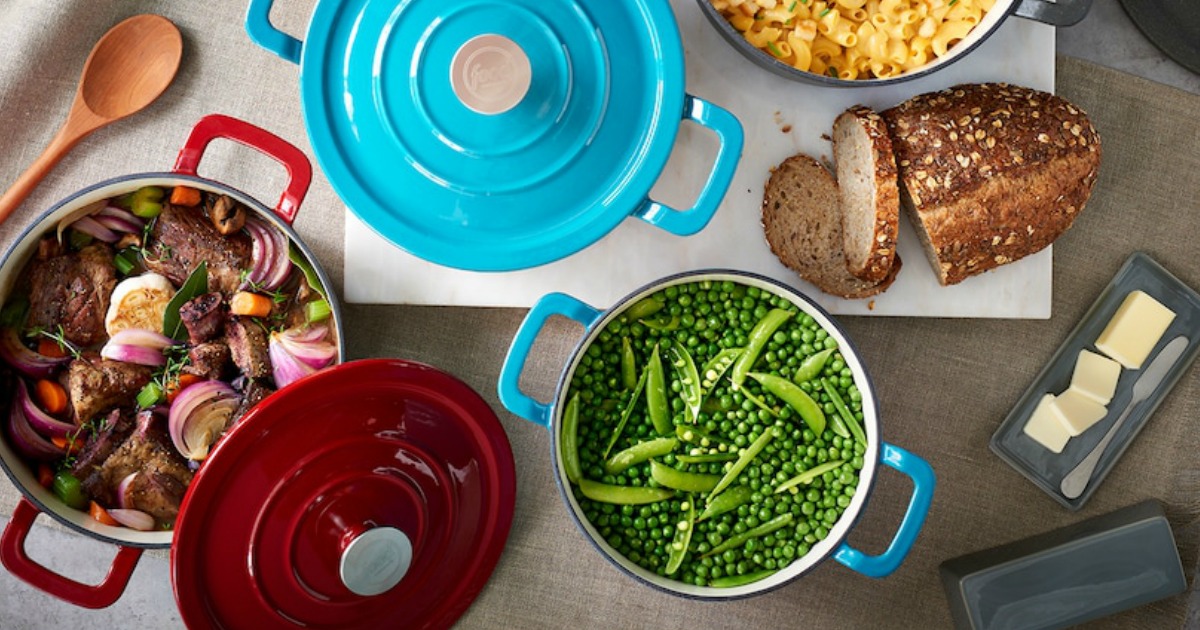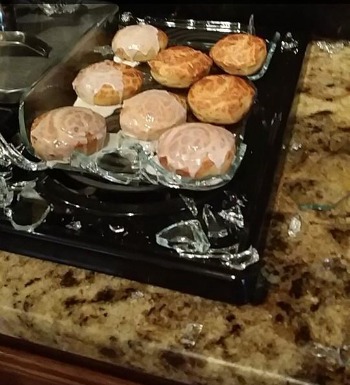


Was any borosilicate glass cookware involved? The publication also noted that virtually all of the reports of glassware failure were related to vessels made of the soda lime silicate glass. Martens, became interested in the topic after listening to anecdotal reports of glass cookware shattering and reading reports of cookware failure and related injuries in publications such as the January and October 2011 issues of Consumer Reports.Ĭonsumer Reports and others documented that the explosion-like glassware failures seemed to be linked to rapid changes in temperature, such as when the cookware was removed from the oven and placed on a counter or dinner table. The authors of the study, titled “Shattering Glass Cookware,” R.C. The other main competitor in this field is Anchor Hocking Glass Co., which has made a similar soda lime silicate glass product for over 60 years.īoth World Kitchen and Anchor Hocking now use the soda lime silicate glass instead of the original Pyrex borosilicate glass composition. The End of Borosilicate the Start of Exploding Pyrex?Ĭorning currently licenses the use of the Pyrex brand name to World Kitchen LLC for sale in the United States, having sold its Pyrex cookware manufacturing to Borden KKR in 1997.

In later years, Corning competitors, and finally Corning, itself, substituted a different glass composition-soda lime silicate glass-for the borosilicate Pyrex cookware. The durability of this glass, originally advertised as an “Oven to Icebox” and “Icebox to Oven” solution, was astonishing at first, but in due course came to be taken for granted by generations of owners who often passed on the rugged vessels to family members and friends. The original name Py-Right was a phonetic nod to those home baked pies. The story goes that one of the Corning lab scientists, Jesse Littleton, one day brought home the bottoms of a few of the borosilicate glass jars for his wife to use as pie tins. Interestingly, the name Pyrex came from the accidental discovery that the composition, which was an attempt to improve the heat resistance of glass battery jars, could be used to cook food. The original Pyrex cookware was made using a particular, thermally robust composition called borosilicate glass. Now a paper published in the September 2012 edition of the Bulletin of The American Ceramic Society for the first time offers a scientific reason why certain glass cookware is more susceptible than others to explosive shattering and the likelihood of exposing users to injury from airborne glass shards.Ĭlear glass baking dishes and pots and have been a staple in households worldwide since they were first introduced in 1915 to consumers by the Corning Glass Works company, which built the Pyrex brand name. Shattering glass cookware has been in the news recently, and has been reported in Consumer Reports, in television news features, and many consumer feedback websites.


 0 kommentar(er)
0 kommentar(er)
